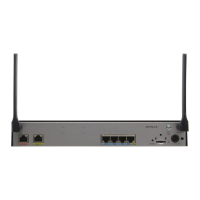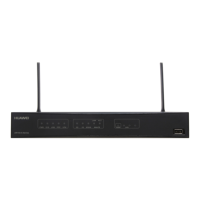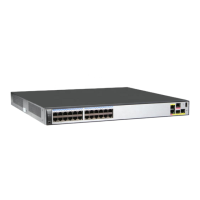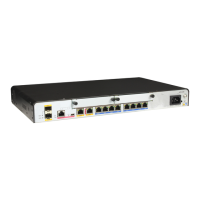2 Transparent Bridging Configuration
About This Chapter
Transparent bridges are widely used in Ethernet LANs because they are easy to configure and
operate.
2.1 Overview of Transparent Bridging
This section describes the background, advantages, and working principles of transparent
bridges applications in a LAN
2.2 Transparent Bridging Supported by the AR3200
This section describes transparent bridging features that the AR3200 supports in various usage
scenarios. Familiarizing yourself with the usage scenarios will help you complete the
configuration task quickly and accurately.
2.3 Configuring Local Bridging
Configuring local bridging allows users in the same geographical location and on the same
network segment to communicate with each other.
2.4 Configuring Local Bridging Integrated with IP Routing
Configuring local bridging integrated with IP routing allows users in the same geographical
location but on different network segments to communicate with each other.
2.5 Configuring Remote Bridging
Configuring remote bridging allows users in different geographical locations and on the same
network segment to communicate with each other.
2.6 Configuring Remote Bridging Integrated with IP Routing
Configuring remote bridging integrated with IP routing allows users in different geographical
locations and on different network segments to communicate with each other.
2.7 Maintaining Transparent Bridging
This section describes how to clear traffic statistics on a bridge group to help locate faults in the
bridge group.
2.8 Configuration Example
This section describes the typical application scenarios of transparent bridging and provides
configuration roadmaps.
Huawei AR3200 Series Enterprise Routers
Configuration Guide - LAN 2 Transparent Bridging Configuration
Issue 02 (2012-03-30) Huawei Proprietary and Confidential
Copyright © Huawei Technologies Co., Ltd.
30

